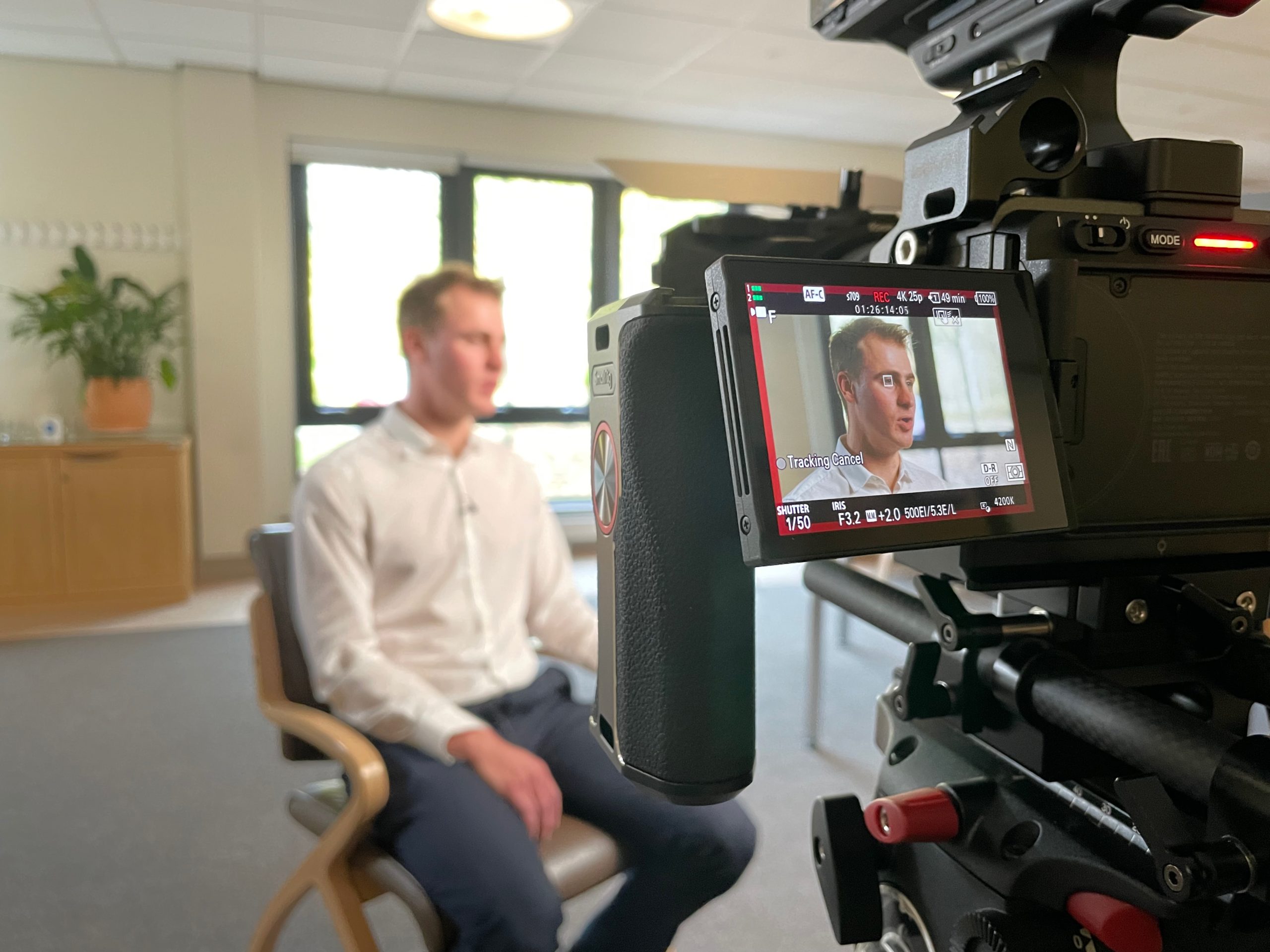Are you a membership organisation or regulator looking to make better use of video and animation in your marketing?
At DTW we’ve produced content for a whole range of organisations working in the membership organisation and regulatory body sector and through that work we’ve identified a number of key ways video and animation can be used to enhance and improve the effectiveness of activity.
Whilst the potential list of options is almost limitless, we’ve distilled things down to five key areas – read on to find out more…
1. Showcasing the work of members
For membership organisations in particular, video is a great way of bringing to life the work that their members do either as part of a specific campaign or simply a standard part of the ongoing communications mix.
Case study content can be particularly powerful in these situations a way of clearly demonstrating the impact of members work.
Our work on The Law Society Solicitor Brand Campaign over many years drew heavily on this approach, contributing to the overall success of the campaign
We’ve also made case study content a key part of our work on the Imperial Society of Teachers of Dance ‘Find Your Dance Space’ campaign too.
2. Explaining the work you do to stakeholders
Video and animation are also highly effective ways of explaining the often complex work regulators and membership organisations do to the public and wider stakeholders.
Animation can work particularly well for this purpose as demonstrated by the content we’ve produced for the Criminal Cases Review Commission and Solicitors Regulation Authority.
Taking this approach provides an opportunity to create longevity of content, as we’ve done with the SRA in delivering wider digital campaigns involving animation – for example the Regulation Change digital campaign that explained changes to the way they regulated solicitors and new requirements that were being introduced.
3. Within lobbying and public affairs activity
We’ve already mentioned engaging with members and stakeholders with video and animation, but it can also be used as a way of engaging with government and policy makers within public affairs activity.
Video can distil down often complex and difficult to understand political concepts into a concise and easy to understand package. It can also convey the emotional and human impact of changes that are being lobbied for – as was the case on our work on the Keep Britain Afloat Campaign for the Confederation of Shipbuilding and Engineering Unions.
You can read more about how we put video at the heart of that campaign in the case study of the project.
We also produced animated content as part of our delivery of the Law Society’s Global Legal Centre campaign to explain the role of English and Welsh law and position it as a jurisdiction of choice internationally.
4. Supporting events
Events can be a core part of the work a membership organisation delivers and highlighting the success of them as well as sharing knowledge from them can help engage with a wider part of the member base.
As well as using video to capture and share speaker content on live streams or post event, videos can also be used to promote events and to convey the value that attending them brings for members and encourage wider participation in future. We’ve done this for clients such as the British Psychological Society, covering their Division of Counselling Psychology annual conference and the Law Society for their annual Excellence Awards.
5. Distilling complex information
Finally, video and animation provide a highly effective method of distilling complex information from documents and reports a membership organisation or regualtor is producing into succinct summaries which can be shared with stakeholders.
When the Environmental Services Association launched their Net Zero report, we produced supporting video content that was used as part of stakeholder and media engagement activity to summarise the key contents of the document.
We also used animation as part of our work to launch the British Association of Counselling and Psychotherapy’s SCoPED framework to concisely explain the new framework and it’s potential impact.
Rounding up…
So, that’s five ways membership organisations and regulators can make use of video and animation. Want to know more – drop us a message and one of the team will get straight back to you.
